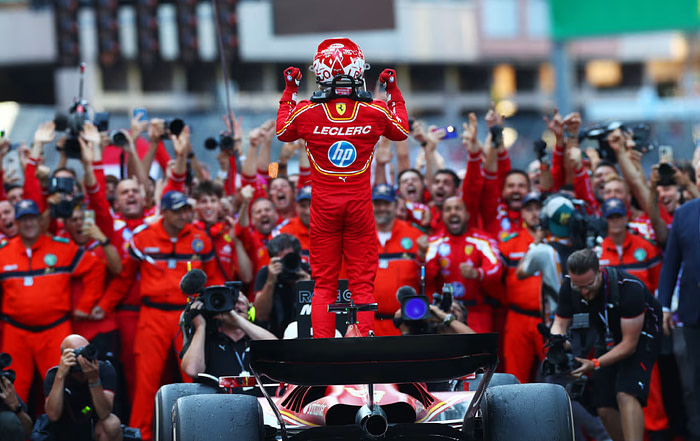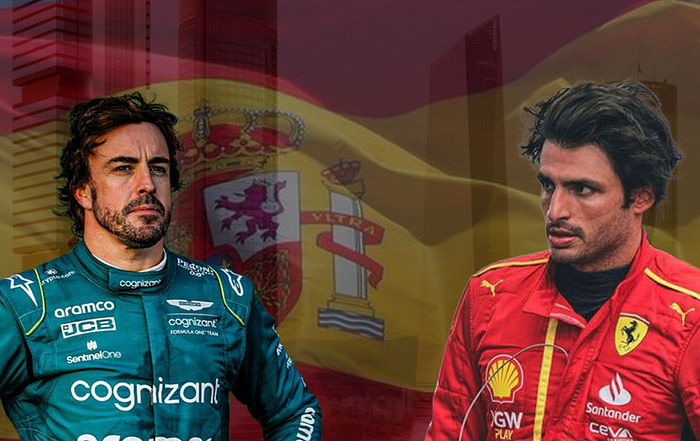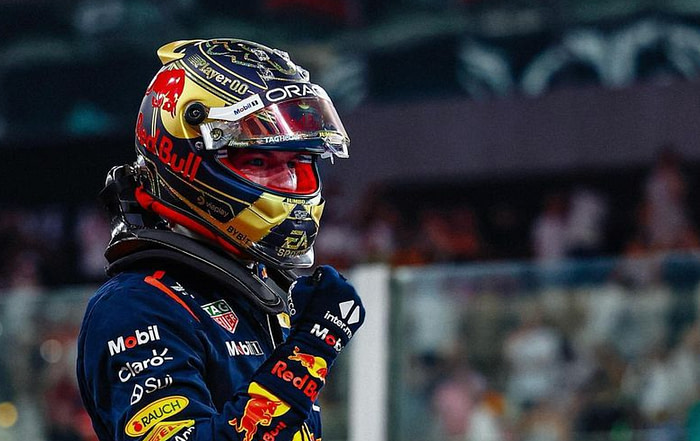In the heart of the dazzling Las Vegas Strip, the 2023 Grand Prix unfolded as a riveting spectacle, earning both admiration and critique. Brimming with dramatic on-track battles, unexpected setbacks, and fervent opinions from team leaders, this grand prix has managed to establish itself as one of the best on the Formula 1 calendar. From controversies surrounding penalties to the clash of titans on the asphalt, the Las Vegas Grand Prix became a microcosm of the sport’s allure and challenges. This article delves into the highs, lows, and controversies that crowned the Las Vegas GP as the most unliked and loved race of the 2023 season.
The drama unfolds
The Las Vegas Grand Prix, touted as the pinnacle of entertainment, didn’t disappoint in delivering high-octane drama from the very beginning. As the dazzling lights faded, Max Verstappen and Charles Leclerc engaged in a fierce battle. Verstappen’s over-optimistic braking led set the stage for a race that would be remembered for its intense moments.
Amidst the chaos, other contenders faced their own challenges—Alonso’s spin, Checo’s collision with Bottas, and Norris’s violent crash introduced an element of unpredictability. The safety car intervention added strategic layers to the race, prompting teams to capitalize on the unfolding events during pit stops.
In a surprising turn, Verstappen’s relentless pursuit for victory, despite setbacks, unfolded lap by lap. The tension peaked when he finally overtook Leclerc, setting the stage for his 18th victory of the season. The drama of the Las Vegas Grand Prix wasn’t confined to the battle for first place; the entire top-five battle proved to be a jungle of competition, delivering a spectacle that Formula 1 enthusiasts won’t soon forget.
Team principals speak out
The aftermath of the Las Vegas Grand Prix saw Formula 1 team principals stepping into the spotlight, offering candid and fiery opinions on the unfolding events. Frederic Vasseur, visibly upset by the damages to Carlos Sainz’s Ferrari and the subsequent penalties, labeled the situation as “unacceptable.” Toto Wolff, the Mercedes F1 chief, vehemently defended the event, dismissing criticisms of a drain cover incident during FP1 as “completely ridiculous.”
In a heated exchange with reporters, Vasseur expressed his frustration, emphasizing the severity of the financial impact on the team. Wolff, equally passionate, rallied against negativity, praising the overall impact of the Grand Prix on the sport’s growth in the United States.
Their contrasting views underscored the tension between the teams and the race organizers, revealing the complexity of managing unexpected challenges. The team bosses’ responses hinted at the broader discussions and negotiations taking place behind the scenes, shaping the narrative of the controversial Las Vegas Grand Prix.
Sainz´s unfair penalty
Carlos Sainz bore the brunt of a controversial penalty after a loose drain cover caused extensive damage to his Ferrari during FP1. The stewards, bound by regulations, imposed a mandatory grid drop despite acknowledging the exceptional circumstances. Verstappen, acknowledging the severity of the penalty, called for a rule change and suggested excluding teams from such decisions due to their self-interest.
Criticisms and challenges
The Las Vegas Grand Prix, while delivering exhilarating moments, faced a barrage of criticisms and challenges. Locals, grappling with disruptions caused by construction, expressed frustration at the high cost of tickets, with prices soaring up to $2,500 for grandstand seats. Many voiced disappointment at Formula 1’s failure to engage with the community beyond the construction of the paddock.
The race exposed organizational flaws, including oil spills and a collapsed pedestrian bridge, shedding light on the pitfalls of hastily executed plans. Formula 1’s attempt to create an exclusive, high-end event backfired, with fans deeming it out of touch with the broader American market. The contentious FP1 incident involving Carlos Sainz’s Ferrari, and subsequent penalties, ignited debates on the fairness of the regulations governing such unforeseen circumstances.
Despite the race’s spectacle, these criticisms and challenges underscored the need for a more thoughtful and community-oriented approach in future Formula 1 events, especially as the series seeks to establish a lasting presence in the vibrant American motorsport landscape.
A controversial legacy
As the dust settles on the Las Vegas Grand Prix, it leaves behind a controversial legacy. While the race delivered excitement and memorable moments, the challenges faced and the criticisms raised suggest a need for reflection and improvement. Formula 1’s investment in the American market through events like the Las Vegas Grand Prix may have potential, but finding the right balance between spectacle and racing is crucial for future success. The future trajectory of the Las Vegas GP remains uncertain, with only time unveiling its evolution. What we do know is that the thrill of racing in Vegas is guaranteed until 2032.






Leave A Comment